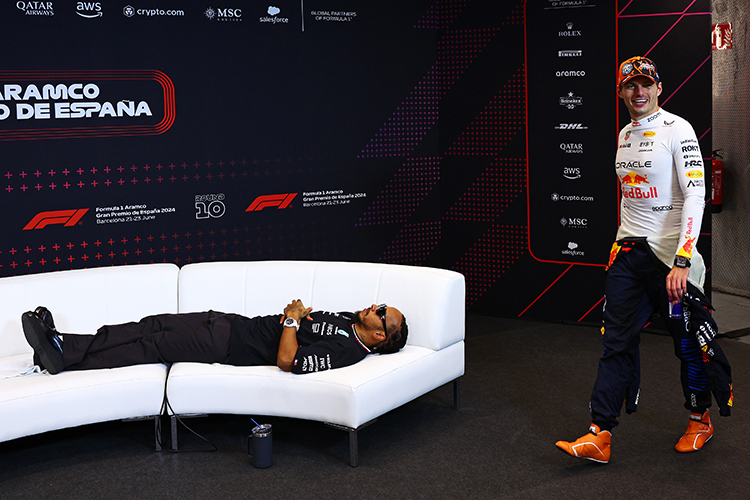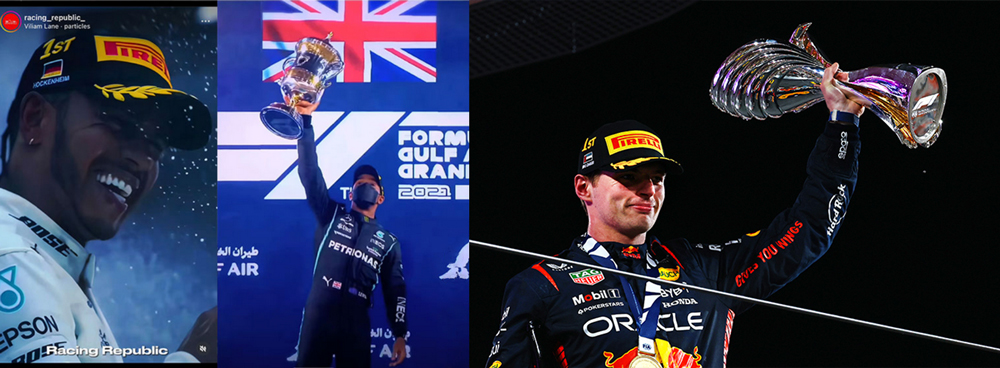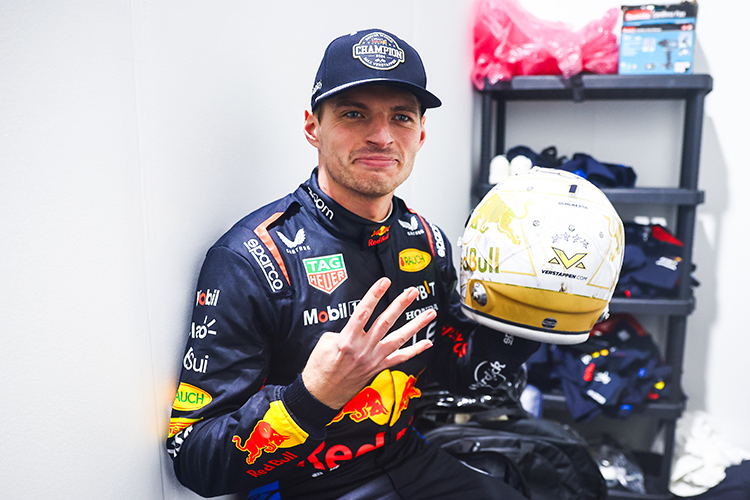The slippery history of traction control in F1
F1 traction control has a controversial history. Learn how it rose, was banned, re-legalized, and finally outlawed in 2008, leaving drivers fully in control.
If Formula 1 is the art of harnessing outrageous power, traction control is the brush the sport has alternately embraced and snapped in half. It’s a tale of ingenious engineers, suspicious scrutineers, and drivers caught between delicate throttle finesse and the cold logic of silicon. Here’s how the most controversial electronic aid in F1 went from cutting-edge to contraband—and why the question “Is traction control banned in F1?” still gets asked today.
What traction control actually is (and isn’t)
- The concept: Traction control (TC) is an electronic system that detects when the driven wheels are slipping and automatically reduces engine torque—by cutting spark, trimming fuel, adjusting throttle or hybrid deployment—to restore grip.
- The point: It helps a car accelerate out of corners (and in the wet) with less wheelspin, keeping the rear tires within their traction window.
- Not to be confused with:
- Launch control: An automated start system that optimizes clutch and torque for the getaway off the grid.
- ABS: Anti-lock braking; not used in F1.
- Differential tuning: Legal adjustments to how the rear axle locks and unlocks, which influence traction but aren’t closed-loop TC.
- Drivability maps: Legal, pre-set throttle and torque curves to make the car more manageable, provided they aren’t reacting to wheel slip.
The origin story: From clever code to arms race (late 1980s–1993)
- Electronics entered F1 in force with advanced engine management and semi-automatic gearboxes at the turn of the 1990s.
- By the early 1990s, teams were experimenting with computer-aided grip. Williams led an innovation blitz with active suspension, while others—including McLaren and Benetton—implemented early traction control strategies.
- By 1992–1993, TC was effectively part of a suite of “driver aids” alongside active suspension and sophisticated engine mapping. Cars launched better, accelerated cleaner, and looked eerily tidy in the wet. The stopwatch loved it; purists, not so much.
1994: The crackdown
- The FIA banned electronic driver aids ahead of the 1994 season, including traction control, active suspension, ABS, and launch control. The goal was to restore driver influence and cut costs.
- Policing was tough. Rumors about hidden software menus and “gray-area” code (notably around Benetton) swirled through 1994. The governing body struggled to prove usage definitively, and the seed of suspicion about enforcement was planted.
The gray years: Banned but… maybe not entirely? (1994–2000)
- Traction control remained illegal, but verifying compliance was notoriously hard. Engineers exploited every legal corner:
- “Fuzzy” ignition and fuel-cut strategies that imitated the feel of TC without directly reading wheel slip.
- Differential logic and torque shaping that smoothed power on corner exit.
- The FIA even used acoustic analysis—listening to exhaust note “stuttering”—to detect suspected TC. It was an endless game of cat-and-mouse.
If you can’t police it, regulate it: TC comes back (2001–2007)
- In 2001, acknowledging the enforcement headache, the FIA re-legalized traction control and launch control from the Spanish Grand Prix onward.
- From 2001 through 2007, TC was part of the toolbox. Starts were ruthlessly efficient, and cars blasted out of slow corners with clinical precision. The distinctive chattering exhaust note on corner exit—spark cuts keeping the rears in check—became the soundtrack of the era.
2008: The clean break—standard ECU and a hard ban (2008–present)
- To reassert control, the FIA introduced a standard, FIA-controlled electronic control unit (ECU) in 2008, and banned traction control and launch control again. This time, the software itself left no room for built-in TC algorithms.
- Key pillars of the modern ban:
- No closed-loop control of torque based on wheel slip. Teams can’t compare front vs. rear wheel speeds and trim power to stop spin.
- A defined link between pedal and power. The driver’s throttle must map to engine torque in a clear, monotonic way—no trick maps that secretly “flatten” torque when the rears start to slip.
- Limited sensor usage. The ECU architecture and software auditing make it extremely difficult to hide TC-like logic.
- The hybrid era (from 2014) complicated matters by adding the MGU-K (electric motor) to the rear axle. Even so, rules still forbid using wheel slip feedback to modulate either engine or MGU-K torque. Teams may blend combustion and electric torque for drivability, but only in predefined, open-loop ways.
So how do they get traction without traction control?
- Differential wizardry: Drivers adjust diff settings for entry, mid-corner, and exit. It affects how locked the rear axle is and how much torque a spinning wheel can steal.
- Torque maps (legal ones): Teams shape the pedal-to-torque curve for smoothness, weather conditions, and tire preservation—provided it isn’t reacting to wheel slip.
- Suspension and aero: Mechanical grip and downforce are still the kings. A stable platform and a downforce-rich floor let drivers feed in power earlier.
- Brake-by-wire and energy recovery: Rear brake balance and hybrid harvesting influence rotation and stability, especially at corner entry. This must not morph into brake-based TC or ABS.
- Driver skill: With no TC, throttle modulation (especially on worn tires or in the wet) is a weapon. You can see and hear it—feathered throttle traces and the occasional snap if they’re greedy.
Did traction control make cars faster?
- In lap-time terms, the biggest benefits were consistency and tire life, not peak apex speed. TC shines on corner exit and in low-grip conditions. Over a stint, it helped keep the rear tires in shape and reduced catastrophic wheelspin.
- Without TC, peak lap times didn’t vanish, but mistakes and variability increased—especially on cold or wet tracks. Starts also became trickier when launch control disappeared.
The cultural piece: Why fans and drivers still argue about it
- Pro-TC view: It’s safer in the wet, gentler on tires, and showcases engineering excellence. Drivers can push harder without being punished by a tiny slip.
- Anti-TC view: It robs drivers of one of the purest skills in racing—metering prodigious torque with their right foot. The spectacle of a driver catching slides and nursing traction is part of F1’s soul.
- The compromise today: Celebrate drivability innovations, but keep the final say in the driver’s hands. The standard ECU and the ruleset are designed to hold that line.
Memorable milestones and moments
- 1992–1993: The “aids era.” Williams rewrites the rulebook with active suspension and electronic aids; other teams lean into TC.
- 1994: Massive rollback of driver aids; controversy over suspected hidden software lingers.
- 2001 Spanish GP: Traction control re-legalized. Starts look like they’re on rails; corner exits get that signature chatter.
- 2008 Australian GP: First race of the modern ban; more wheelspin, more driver correction, and a palpable sense that the human element is back at corner exit.
- 2014 hybrids onward: Policing stays robust despite the added complexity of electric torque.
Quick FAQ
- Is traction control banned in F1?
Yes. Traction control has been banned since 2008 and remains illegal today. The standard ECU and the technical rules prohibit any system that automatically reduces torque based on wheel slip. Launch control is banned too. - Do teams still “cheat” it?
The line is well-policed now. Teams push right up to it with diff settings, torque shaping, and suspension trickery, but closed-loop traction control is off-limits—and the ECU/software oversight makes stealth systems extremely risky. - Why do starts still look good sometimes?
Drivers practice clutch bite points, and teams optimize allowable parameters. But there is no automated launch control; the driver modulates the clutch and throttle. - What about safety in the wet?
Drivers rely on their feet and brains, plus legal aids like differential settings and engine maps. The tradeoff favors driver agency over full electronic intervention.
The bottom line
Traction control in F1 has gone from futuristic edge to forbidden fruit and stayed that way since 2008. Modern cars still tame their torque with clever—but legal—tools, yet the final arbiter of traction is the driver’s right foot. That’s why, when the rain falls or the rears cry enough, Formula 1 feels thrillingly human again.
Short answer to your question: Is traction control banned in F1?
Yes. It’s been banned since 2008 and is still outlawed under today’s regulations.
Up Next



